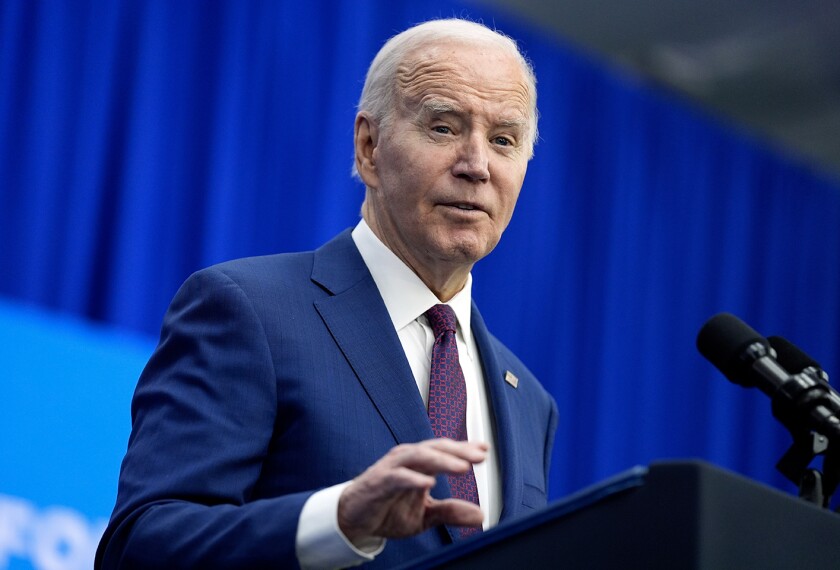To the Editor:
There’s a truth that many lawmakers today know well but are afraid to say out loud: During the next few years, there will be little, if any, additional education funding. So the question becomes, how do we do more with less? One approach that’s working is partnering school districts and summer and after-school providers with local philanthropies.
The beauty of this approach is that with philanthropic support, you can at least expand learning time for the students who need it most—kids from lower-income families who aren’t going to be challenged with summer camp or stimulating family vacations.
School districts often ask summer providers for help when they have no additional funds. For example, back in 2012, my organization served around 1,000 scholars attending Winston-Salem/Forsyth County public schools in North Carolina. The district asked what it would take to serve 500 more in 2013. Working together, we identified additional philanthropic partners in Winston-Salem, secured grants, and served 1,500 students this past summer.
Similarly, in Charlotte, one of our programs was located at First Presbyterian Church because members there decided they were going to raise the funds necessary to cover the cost of serving 60 low-income kids from a local public school.
Philanthropists are willing to contribute to educational programs when they see an approach that works. Rigorous summer programs can add six months of grade-level achievement in a five-week period, so local and national foundations step up.
While I believe that we need more, not less, public investment in education, these are the kinds of relationships that can propel us forward and protect educational equity in a time of austerity.
Tiffany Cooper Gueye
Chief Executive Officer
Building Educated Leaders for Life
Boston, Mass




